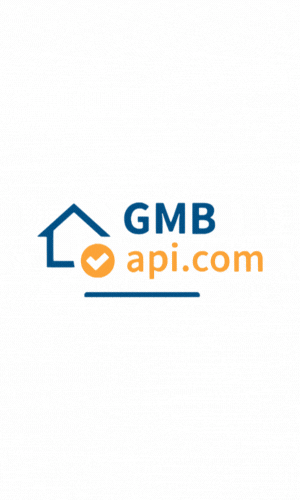JeffClevelandTN
Moderator
- Joined
- Apr 1, 2021
- Messages
- 570
- Solutions
- 63
- Reaction score
- 401
Looking for some feedback on other's experience with using hidden content tabs, (aka "read more" or accordions) and their impact (if any) on organic ranking. For clarification, I'm not referring to hidden text, strictly hidden tabbed content
Because of Google's continued emphasis on mobile-first indexing and other speed/experience factors (e.g. LCP) we've recently been more actively utilizing "read more" buttons and Divi's accordions a lot more frequently on our newly written content that is on the thicker side. We also were planning on implementing this on some older sites for hopefully improved loading times. Besides the benefit of speed improvements, it also helps in many cases with the UX, especially on mobile.
We made this decision after a decent amount of research with what we thought was reasonable evidence Google would not diminish the value of hidden "tabbed" content. But we are seeing instances where our newly written content using hidden tabs (i.e. "read more" and accordions) just doesn't seem to be ranking as well as we would have expected. Which really made me research a bit deeper on what had actually been said about this subject and if there were any comparative research about how hidden tabbed content versus non-tabbed content rank.
So it turns out there really isn't a whole lot out there quoted directly from Google. Back in 2016 Gary Illyes said: "no, in the mobile-first world content hidden for ux should have full weight." I emphasized "should" intentionally. More recently John Mueller said in 2020: “Specifically when it comes to content on mobile pages we do take into account anything that’s in the HTML. So if there’s something there that might be visible to users at some point we will include that… so that’s completely normal.” Again, I emphasized the first portion of John's statement.
That is a bit concerning the use of "should have full weight" and "content on mobile pages", which seems to imply it might now have full weight and also it may not apply to desktop. Additionally, I've been a little cautious as some of Mr. Muller's comments occasionally don't hold water.
Therefore, we did a handful of changes and removed the "read more" and accordions on selective pages and just let the copy flow uninterrupted. In those cases, all the pages saw significant ranking improvement pretty much immediately after being indexed. There was no other work done that would have explained this sudden improvement. I then ran across this recent post: Bringing Content Out of Tabs: SEO Split Testing Lessons from SearchPilot
Now we are carefully selecting other pages with hidden tabbed content and will be modifying those too and comparing results.
Would very much appreciate hearing other's feedback and experience on this subject.
Because of Google's continued emphasis on mobile-first indexing and other speed/experience factors (e.g. LCP) we've recently been more actively utilizing "read more" buttons and Divi's accordions a lot more frequently on our newly written content that is on the thicker side. We also were planning on implementing this on some older sites for hopefully improved loading times. Besides the benefit of speed improvements, it also helps in many cases with the UX, especially on mobile.
We made this decision after a decent amount of research with what we thought was reasonable evidence Google would not diminish the value of hidden "tabbed" content. But we are seeing instances where our newly written content using hidden tabs (i.e. "read more" and accordions) just doesn't seem to be ranking as well as we would have expected. Which really made me research a bit deeper on what had actually been said about this subject and if there were any comparative research about how hidden tabbed content versus non-tabbed content rank.
So it turns out there really isn't a whole lot out there quoted directly from Google. Back in 2016 Gary Illyes said: "no, in the mobile-first world content hidden for ux should have full weight." I emphasized "should" intentionally. More recently John Mueller said in 2020: “Specifically when it comes to content on mobile pages we do take into account anything that’s in the HTML. So if there’s something there that might be visible to users at some point we will include that… so that’s completely normal.” Again, I emphasized the first portion of John's statement.
That is a bit concerning the use of "should have full weight" and "content on mobile pages", which seems to imply it might now have full weight and also it may not apply to desktop. Additionally, I've been a little cautious as some of Mr. Muller's comments occasionally don't hold water.
Therefore, we did a handful of changes and removed the "read more" and accordions on selective pages and just let the copy flow uninterrupted. In those cases, all the pages saw significant ranking improvement pretty much immediately after being indexed. There was no other work done that would have explained this sudden improvement. I then ran across this recent post: Bringing Content Out of Tabs: SEO Split Testing Lessons from SearchPilot
Now we are carefully selecting other pages with hidden tabbed content and will be modifying those too and comparing results.
Would very much appreciate hearing other's feedback and experience on this subject.




